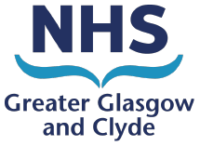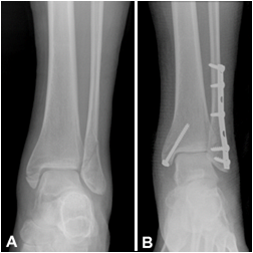Please read the following information and then use the links at the bottom of the page if you are looking for further information or exercise.
Important Facts About Your Neck Pain- Please read
Here are the main problems and concerns we would recommend you get checked out by a health professional before commencing self-management exercises. These are called Red Flags and may indicate a more serious problem that requires medical assessment.
Symptoms That Are Present After Trauma
If symptoms are caused by a traumatic incident to your head and/ or neck (e.g. a fall or severe whiplash) please have this checked out by a health professional before commencing with an exercise program.
Note: If you have a known diagnosis of osteoporosis (low bone density) a small amount of force may cause problems that require medical assessment.
Symptoms Where No Trauma Was Involved
If you feel any of these signs appear rapidly or over a longer period of time please have these checked out by a health professional.
- Severe restriction in the movement of your neck and/ or head
- Changes in your balance and the way you are walking e.g. tripping, falling
- Weakness and/ or altered sensation into both arms and/ or legs at the same time
- Problems with coordination of upper and/ or lower limbs e.g. writing, getting dressed, walking
- Electric shocks sensations into both arms and legs on forward bending of your head or looking down
- Significant changes to bowel, bladder habits and/or sexual function required immediate medical assessment. Warning: Cauda Equina Syndrome (CES): This a rare but extremely serious spinal condition that requires immediate assessment. For further information on CES:
- New problems with talking, dizziness, swallowing or eyesight
- Fever or generally feeling unwell at same time as neck symptoms developed
- Constant pain which does not change with rest or activity
- Significant pain and/ or sweats at night
- A previous history of cancer and/ or unexplained weight loss
- Unexplained lumps or bumps that are changing/growing
- Increasing number of joints that are painful and/or stiff
- Severe headaches and/ or jaw pain.
Note: Special attention should be taken if you have a history of long-term steroid/ immunosuppressive drug use, recent joint replacement, dental surgery or steroid injection. Previous spinal surgery. Rheumatoid arthritis or other joint disease, recent infection, previous history of tuberculosis, intravenous drug use or alcohol misuse.
Resources
Neck information leaflets
Neck exercises
Please make sure you have read through the important information above about neck pain before proceeding.
Here are some specific exercises to help you get your neck moving better. You may need to build these exercises up gradually.
You may be uncomfortable when you start doing these exercises – make sure the level of discomfort feels acceptable to you and that it doesn’t take too long to settle once you are finished.
The exercises should get easier the more consistently you manage to practice them and this may allow you to progress to more difficult exercises.
These are self help exercises:
- Try to enjoy the exercises and work at a pace and level that feels safe.
- Please use a common sense approach when deciding which ones to try.
- The exercises listed are not designed as an alternative to professional advice.
Neck exercise videos
Neck exercise class videos (3 parts)
Neck exercise class introduction (please watch before commencing exercise parts 1-3)
Neck exercises – part 1
Neck exercises – part 2
Neck exercises – part 3
Temporomandibular joint problems (joint between jaw-bone and skull)
If you think you may have, or have been told that you have, a temporomandibular joint problem you may find the following information documents useful:





























